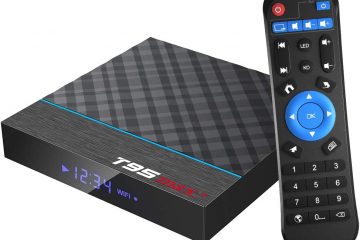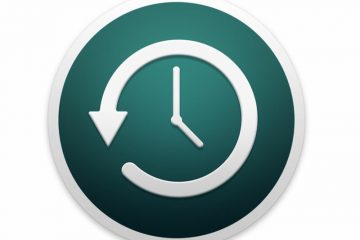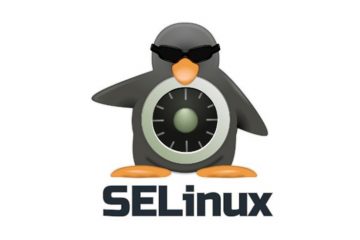Virtualbox VDI disk grow when you use it. I have many virtual machines and sometimes optimizing VDI free space can recover some precious gigabytes… I have some Virtual Machines that I usually don’t use, but I like to have on disk when something bad happens, so a small VDI is a nice thing.
Usually I’m using as main OS Linux or OSX so I need to virtualize Windows.
To optimize the VDI, you have to:
- start the Virtual Machine and erase anything you don’t use. I suggest some freeware like CCleaner to deep clean the Virtual Machine (the browser’s cache, temporary files, etc…)
- get the SDelete utility and run it from terminal to clean the free space (also CCleaner can clean the free space, but SDelete is faster)
sdelete -z c: - power off the Virtual Machine and open a terminal where the VDI is located. Run the command VBoxManage to optimize the VDI disk (replace “THE NAME OF VDI HERE” with your VDI name 🙂 ). Try to use the full VDI path, to avoid errors.
VBoxManage modifymedium "/FULL/PATH/OF/VDI/THE NAME OF VDI HERE.vdi" --compact - (optional) if you get the error “VBoxManage: error: Cannot register the hard disk ‘/FULL/PATH/OF/VDI/THE NAME OF VDI HERE.vdi’ {ee23e92f-4a72-xxxx-bfc7-075de81084d5} because a hard disk ‘/FULL/PATH/OF/VDI/THE NAME OF VDI HERE.vdi’ with UUID {ee23e92f-4a72-xxxx-bfc7-075de81084d5} already exists”, you can change the UUID with this command (it’s a quick and easy solution, no need to clone the entire disk to change the UUID)
VBoxManage internalcommands sethduuid "/FULL/PATH/OF/VDI/THE NAME OF VDI HERE.vdi"
With this technique you can recover free disk space (with small SSD it’s a great plus). The commands used into this post are from OSX, but with Linux/Windows as host they are very similar if not identical.



0 Comments